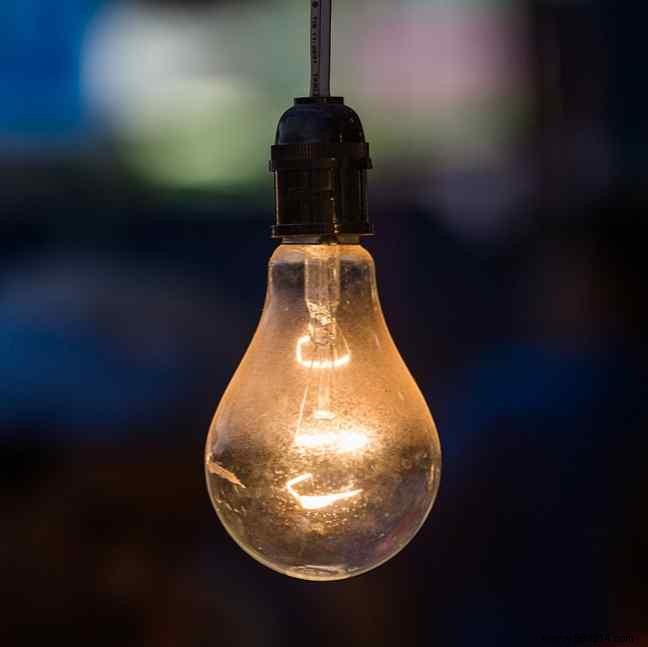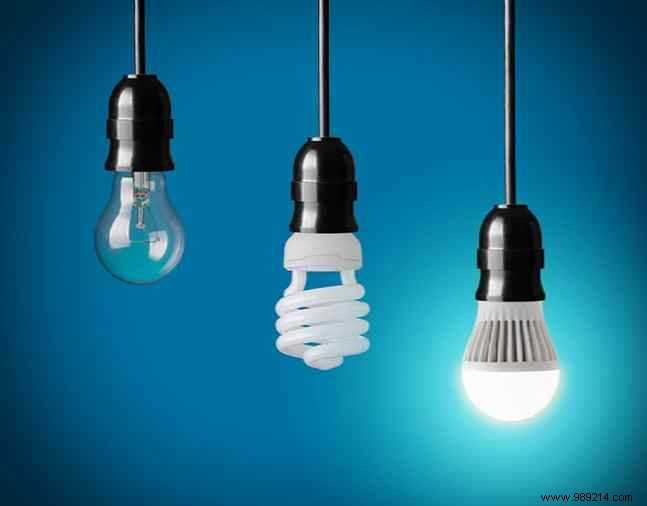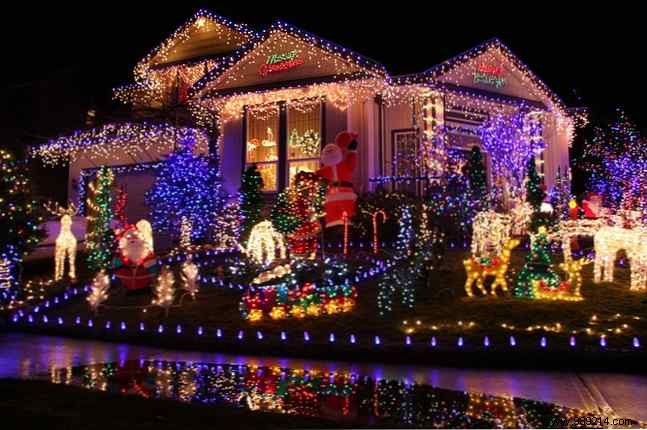We all want to save energy and spend less money. In the home, this can mean the use of smart technology and more energy efficient products like LED lighting.
Light Emitting Diodes (LEDs) are now among the most energy efficient lighting technologies and are becoming more popular due to their promise to save money, energy and the environment. But how much can you expect to save? And is it really worth changing?
For the last ninety years or so, we've become accustomed to light bulbs lasting around 1,000 hours before they need to be replaced. This is not so much due to the limitations of the technology, but rather to a cartel that formed when industry leaders realized that eternal light bulbs would soon put them out of business.
Light bulbs dipped in quality and couldn't get better in the last few decades. An incandescent light bulb today has about the same lifespan as one from the 1920s, and considerably less than older light bulbs.

The energy crisis of the 1970s and the environmental movement helped spur the development of more energy efficient technologies. But it's only in recent years that consumers have finally started to reap the benefits.
Compact fluorescent light bulbs (CFLs) first appeared in stores in the mid-1990s as a lower-energy alternative to incandescent bulbs.

While the energy savings they provide are significant, CFLs have always been unpopular.
Why?
Most companies are phasing out CFLs, as better and cheaper LED lighting. 5 DIY Home Decorating Tips With LED Strips And Smart Lights 5 DIY Home Decorating Tips With LED Strips And Smart Lights bright and multicolored have given us a whole new visual dimension to play with home decor. Read More
LED lights have been around for a few years, but until recently they were very expensive and produced a cold light that many people did not find acceptable. The cost has dropped exponentially in recent years and continues to drop, while the quality of light has also improved.
LEDs are now available in a full spectrum of colors. For most people, the quality of light from a good LED bulb is now indistinguishable from that of an incandescent.

LED bulbs are still more expensive than their incandescent equivalents, but they are much cheaper to use. What exactly are we talking about?
There is considerable variation in the price and performance of all types of bulbs, but the following figures are typical:
Although the LED bulb costs about eight times as much, it lasts 20-25 times longer and the lower running costs add up over time.

Using the figures above:Over the lifetime of an LED bulb, you will have spent $8 on bulbs and $50 on electricity. If you stuck with incandescents, you would have spent $18.75 on light bulbs and a whopping $300 on electricity. CFLs would have cost you $9 in bulbs and $75 in electricity.
$300 over the space of 25 years or so might not seem like a huge savings, but consider that a modest three-bedroom house might have ten ceiling lights and perhaps another six floor and table lamps. Now you're talking savings of $4,800, or closer to $200 a year. That's a substantial proportion of your energy bill. Plus, think of all the time you'll save and inconvenience you'll avoid by not having to change a light bulb every few weeks.
If you have a larger home or use a lot of LED lighting, the savings will be proportionally more.

Electricity costs used in the calculations above are based on the US average of $0.10 per kWh. In many countries, electricity is considerably more expensive, so the savings would be even greater.
In hot climates, there may be additional savings. LEDs produce very little heat compared to incandescents, thus reducing the need for air conditioning. In colder climates, you may spend a little more on heating, but there's still a net gain.
Only if you are in a climate where you need heating year-round, and your heating is electric, you will not be able to save energy costs by switching to LEDs. Even then, you would save on the cost of light bulbs.
Deciding whether to switch to LED is really a no-brainer. As your existing incandescent and CFL bulbs fail, you must replace them with equivalent LEDs.
In fact, even if you just went out and bought an incandescent bulb, you'll still save money by replacing it with an LED light. 7 Creative Uses for Color LED Home Automation Lighting. 7 Creative Uses for Color LED Home Automation Lighting. In your lights, the light is automatically great, but it doesn't take advantage of the full spectrum of colors available with RGB lighting. For that, we need to be creative. Read more . For a light bulb that is used for three hours a day, the break-even point is less than a month. For less frequently used bulbs, you may want them to die naturally, but your replacements should be LEDs. There's no good reason to go back to buying an incandescent or CFL.
If you have LFC, you probably don't want to throw them away. Let them reach the end of their life and then replace them with LED bulbs. When it comes time to dispose of them, be sure to do so safely. They contain a small amount of mercury, so you may need to take them to a recycling center.
If you are still somehow not convinced, it is worth noting that the use of LEDs does not only lead to monetary savings. The Environmental Impact 5 Ways Technology Will Save the Environment 5 Ways Technology Will Save the Environment Technology is often seen as an anti-ecological villain, but did you know that advanced technology is being used, right now, in cutting-edge conservation? Read More
The US Department of Energy estimates that LEDs saved approximately 41 billion kWh in 2014, more than the total output of a typical nuclear power plant. If all lighting were switched to LED, the savings would be more than thirty times that amount. Studies also show that LED bulbs have a much lower overall environmental impact than incandescents or CFLs.
Because they use less energy and produce very little heat, LED bulbs are also safer. Incandescent bulbs can burn hot enough to start a fire under certain conditions, while LED bulbs generally stay cool enough to touch.
LED bulbs also open up a whole new world of lighting possibilities. Smart light bulbs can be controlled remotely with your phone or devices like the Amazon Echo and set to light up at any level and in any color. Philips Hue is the market leader, but there is a growing variety of alternatives.

You can even get creative with LEDs and go beyond just a light bulb as a way to light up your home.
In any case, LED lighting will soon be the only option as incandescent and CFL bulbs are being phased out. There are very few manufacturers that are still producing and most countries have started the process of banning them outright. There has been some resistance to this, as there is always a forced change, but we are past the point where it makes sense to continue to buy incandescent or CFL bulbs. The future is bright. The future is LED..
Have you already completely switched to LEDs? Do you think of tungsten the way music lovers do for vinyl? Or are you fully on board with the new technology? Please let us know in the comments.